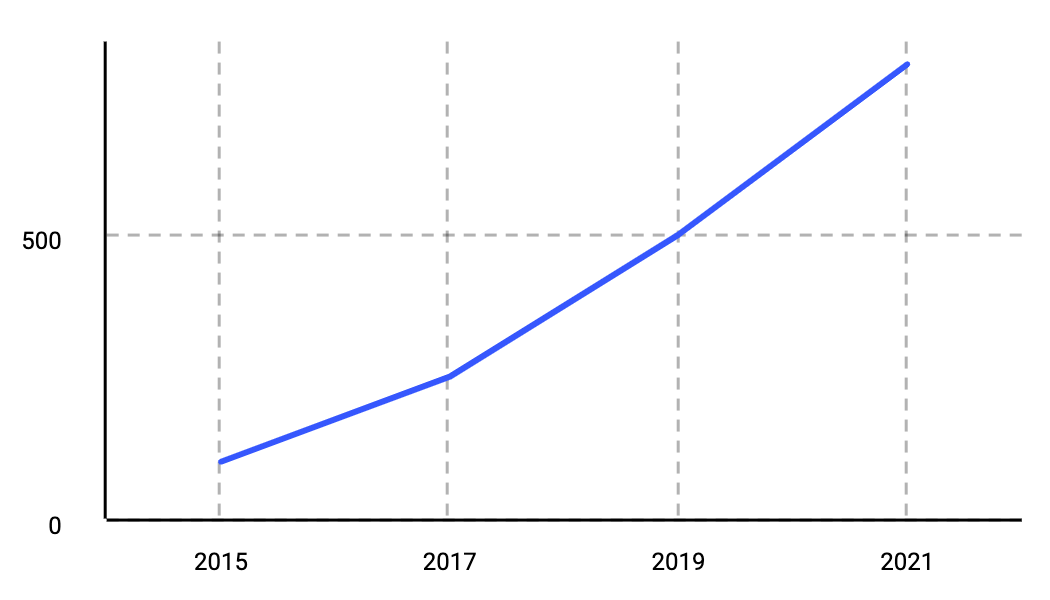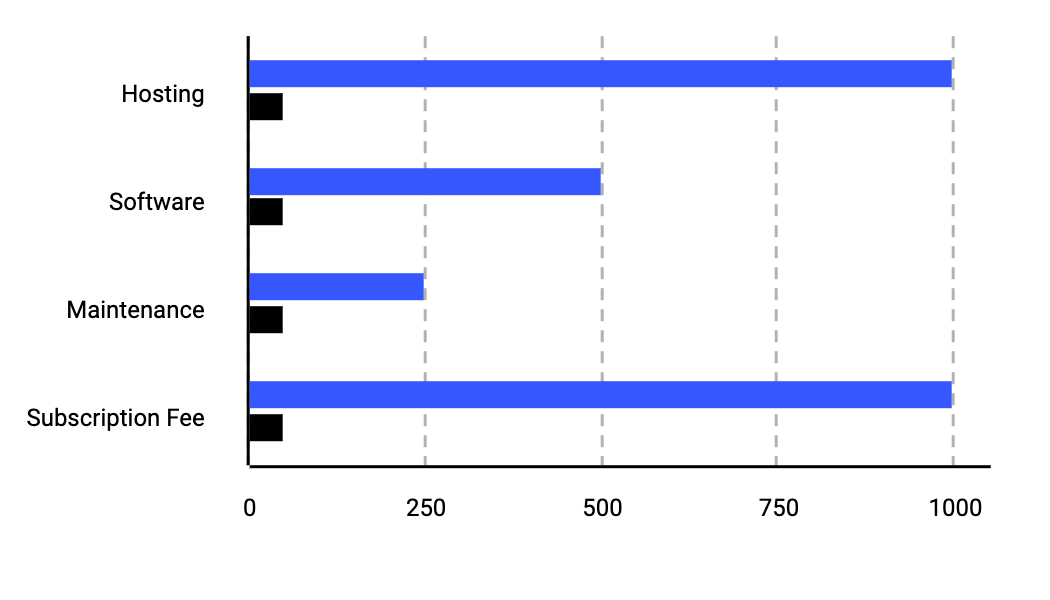Introduction: The Evolving CMS Landscape
In today’s digital world, content management systems (CMS) are essential for businesses managing their online content. However, traditional CMS platforms can be complex and time-consuming, especially for smaller teams. A growing number of companies are switching to subscription-based CMS models, which provide continuous updates, built-in support, and an experienced management.
The evolution of CMS platforms reflects the growing need for scalable, flexible, and user-centered website management tools. Traditional CMS platforms, such as early versions of WordPress and Drupal, were built for managing static content and required on-premise hosting and significant technical oversight. With time, on-premise (self-managed) CMS systems emerged, allowing organizations to host and control their CMS on their servers—a solution primarily adopted by enterprises with specific security needs.
As cloud technology advanced, hosted CMS platforms enabled users to install and manage the CMS on offsite servers, providing greater flexibility and ease of access. The headless CMS model soon followed, catering to businesses aiming for omnichannel content delivery by separating content storage from its presentation layer. Headless CMS options provided agility but introduced complexity, prompting the development of hybrid CMS solutions. These allow in-context editing and omnichannel delivery, striking a balance between flexibility and usability.
Today’s SaaS CMS solutions, like QuickSilk, represent the latest in CMS evolution, offering fully-managed, subscription-based services that allow businesses to focus solely on content creation, as the provider manages hosting, security, support, and updates. This model is particularly beneficial for organizations needing a scalable, low-maintenance solution for secure, cloud-hosted content management, making SaaS platforms ideal for modern, dynamic website needs.
What is a Subscription-Based CMS Model?
A subscription-based CMS (Content Management System) model offers a flexible, cost-effective solution for businesses looking to manage their websites without extensive technical responsibilities. In contrast to traditional CMS models that require companies to set up servers, install software, and maintain updates, a subscription-based CMS is designed to simplify the process. By paying a recurring fee, companies gain access to the CMS platform's features and security, all managed by the service provider.
Modern CMS Shift
The rise of cloud computing and SaaS solutions has led to a significant shift towards subscription-based CMS models, providing user-friendly and scalable solutions.
Growth of SaaS CMS

This model often includes hosting, regular software updates, and security monitoring, making unnecessary dedicated IT staff. Additionally, subscription-based CMS platforms often provide technical support, offering peace of mind and faster issue resolution. For example, if there’s a system update or a security patch required, it’s automatically handled by the CMS provider—something businesses in traditional models would need to oversee themselves.
Subscription-based models also excel in scalability and flexibility. As businesses grow, the CMS can scale with them, often with minimal adjustments to the subscription level. Most platforms in this model support integrations with third-party tools, offering additional functionalities like e-commerce, customer relationship management (CRM), and email marketing.
Key Benefits:
- No Technical Setup: End users receive the ready-to-use product (CMS) making it easy for businesses to quickly get started from scratch.
- Reduced Costs: Hosting, security, and software updates are typically included in the subscription fee, saving companies from costly one-time infrastructure investments.
- Automated Maintenance: Updates, backups, and security patches are automatically managed by the provider.
- Support Included: Many subscription-based CMS platforms offer dedicated support teams to assist users and troubleshoot any issues.
- Seamless Scaling: With a subscription-based CMS, it’s easy to evolve your business without additional investments into expensive IT infrastructure and subsequent excessive outgoings.
The Benefits of Simplified CMS Management with a Subscription Model
- Automatic Updates and Maintenance – Subscription-based CMSs handle technical updates automatically, so you no longer worry about compatibility issues.
- Enhanced Security – Built-in security features help protect your site from cyber threats and ensure compliance.
- Scalability and Flexibility – These platforms grow with your business, offering a scalable infrastructure.
- Cost Predictability – With a flat monthly or annual fee, budgeting is easier with no unexpected expenses for support or extra features.
- Customer Support – Dedicated support means quick assistance with troubleshooting or optimization questions.
How a Subscription-Based CMS Simplifies Content Management for Businesses
Managing content becomes simpler with a CMS that offers intuitive, efficient features.
- Centralized Control and Ease of Use – Subscription-based CMS platforms like QuickSilk offer a central control panel for easy access to everything.
- Time-Saving Features – Facilities like templates and automation options reduce time spent on routine tasks.
- Access to New Features – With QuickSilk’s updates, users have access to the latest integrations, from CRM tools to marketing automation.
Key Considerations When Choosing a Subscription-Based CMS
When evaluating a subscription-based CMS, keep these essential factors in mind:
- Assess Your Needs and Goals – Choose a CMS that aligns with your requirements, whether eCommerce, directories, or collaborative tools.
- Evaluate Security Protocols – Platforms like QuickSilk offer compliance-ready security, ideal for businesses prioritizing data privacy.
- Integration with Other Tools – Ensure compatibility with existing tools like CRM (HubSpot), marketing (Mailchimp), or communication (WebEx).
- Customization Options – Look for a CMS with modules like directories, membership management, and eCommerce for various needs.
- Customer Support Availability – Opt for a CMS with strong support for prompt issue resolution.
Conclusion: Transforming CMS Management with Subscription Models
Reduced Costs
Subscription-based CMS models reduce infrastructure costs by eliminating the need for servers and software installations.
Cost Comparison: Traditional vs Subscription-Based

The subscription-based CMS model is changing digital content management by reducing complexities and technical hurdles. Platforms like QuickSilk empower businesses with features like automatic updates, enhanced security, scalability, and support.
If you’re ready to simplify your CMS experience and focus on growing your business, QuickSilk is the perfect solution.
